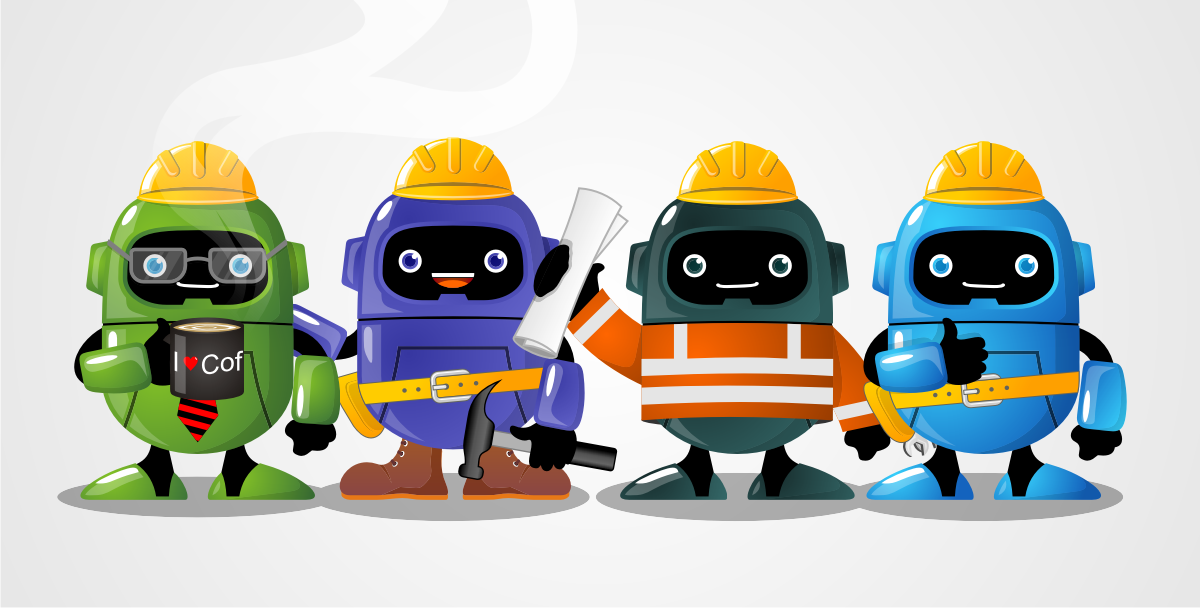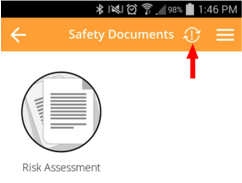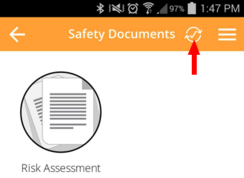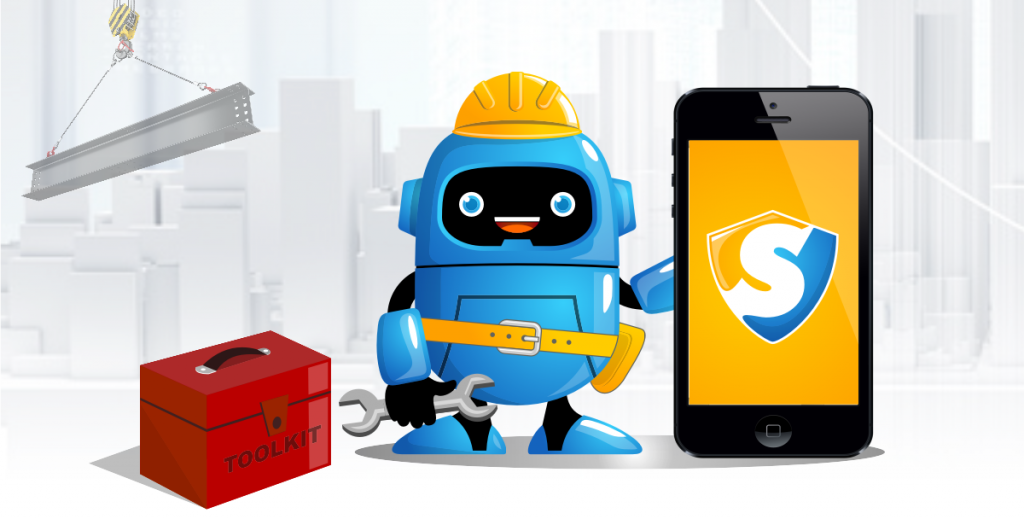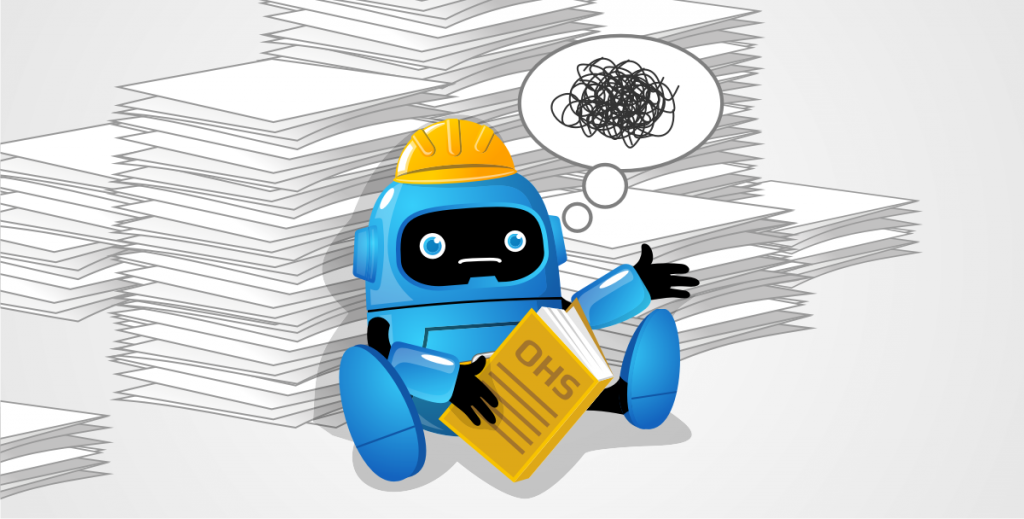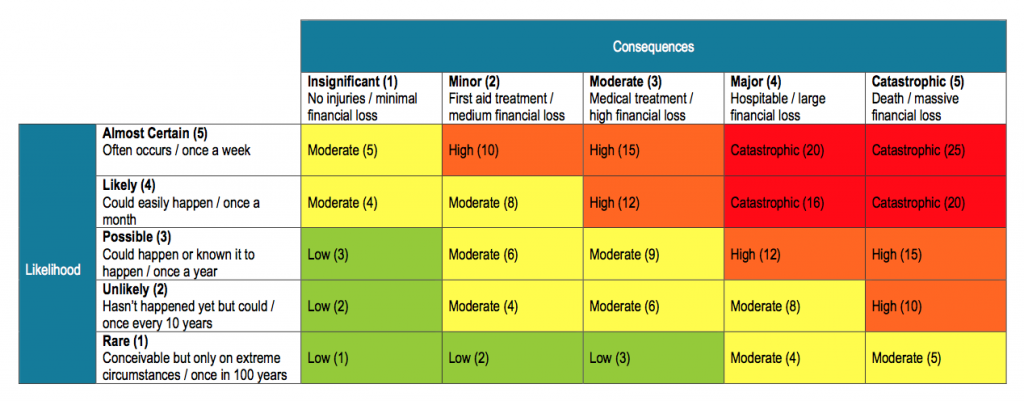What is Risk and Reasonably Practicable?
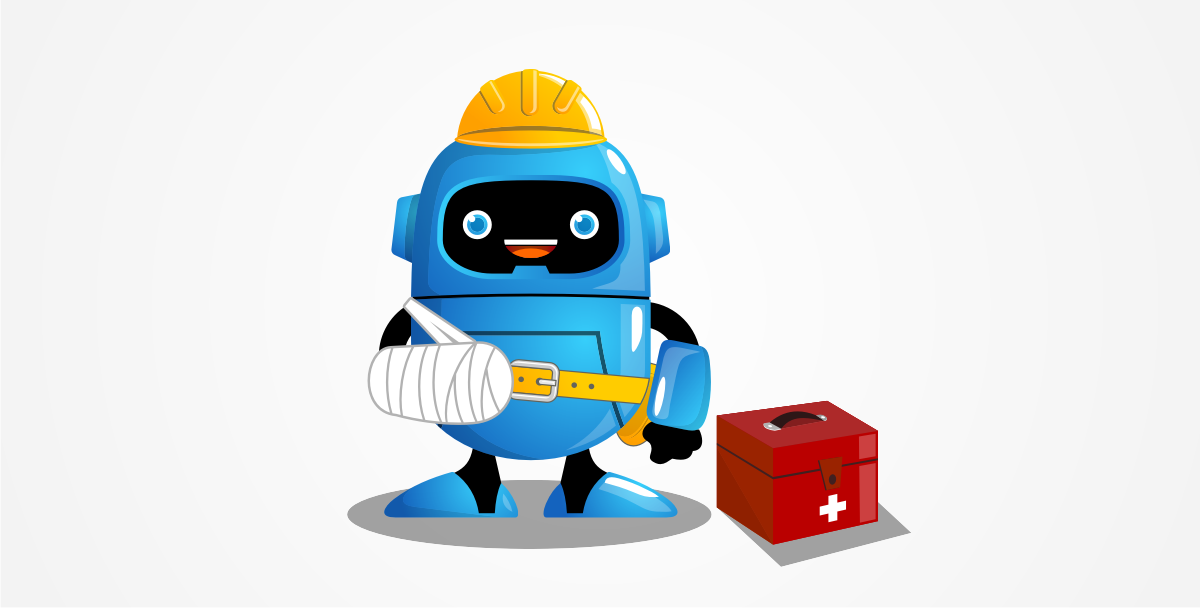
The Work Health and Safety Act 2011 requires that duty holders create and maintain an effective safety culture at workplace through active consultation with relevant stakeholders (eg workers, clients, managers), the provision of health and safety information and through other forms of hazard analysis. Specifically the Act requires that all safety risks are either eliminated or minimised as much as is reasonably practicable.
How to define what is reasonably practicable?
A risk assessment is part of determining what is reasonably practicable. The duty holder, usually the person conducting a business or undertaking (PCBU) or the safety manager, must identify the relevant factors that contribute to the risk analysis process. In other words the PCBU must find a balance between what can be done to eliminate or reduce risks, and what is reasonable to do. The control measures used will be different for many worksites but six considerations must be made.
1: What is the likelihood of a risk occurring?
- The more likely it is that a risk eventuates; the more may need to be done to eliminate or reduce it.
2: How much harm may result if a risk were to eventuate?
- The larger the extent of harm; the more importance will be placed on effective control measures.
3: What is known, or should be reasonably known, about the risk and hazard involved?
- Commonly referred to as the state of knowledge, this is what the duty holder knows about a risk and what he/she should reasonably know about a risk. When determining what should be reasonably known about a risk, a duty holder should consult with workers and other stakeholders, complete a risk assessment, investigate previous risk assessments, and review relevant OHS laws and regulations.
4: What is known, or should be reasonably known about the available control measures to be implemented?
- Safe Work Australia’s codes of practice outline possible control measures but duty holders are not required by law to follow them. However OHS laws do require that duty holders make themselves aware of the codes of practice to ensure they understand the full scope of what is reasonably practicable in the elimination or reduction of risk.

5: What is the suitability and availability of control measures to eliminate or reduce risk?
- To ensure a safe workplace whilst maintaining an organisation’s economic competitiveness, the available control measures as well as the practicable ones should be considered. A risk control that is appropriate for one situation or business, may not be practicable for another.
6: What is the cost of eliminating or minimising risks?
- This point should be considered after all other health and safety options have been checked. The cost of implementing a risk control measure is a definite factor in determining what is reasonably practicable. This is because an organisation’s resources may be limited to a certain extent however it should be noted that the WHS Act clearly favours the prioritisation of safety ahead of cost.
In terms of the full scope and size of the WHS Act, this is but a glimpse of the recommendations on determining what is reasonably practicable. Nonetheless, there are valuable points that any business can apply to their safe operating procedures. For more information on the term reasonably practicable you can read Safe Work Australia’s interpretive guidelines.
